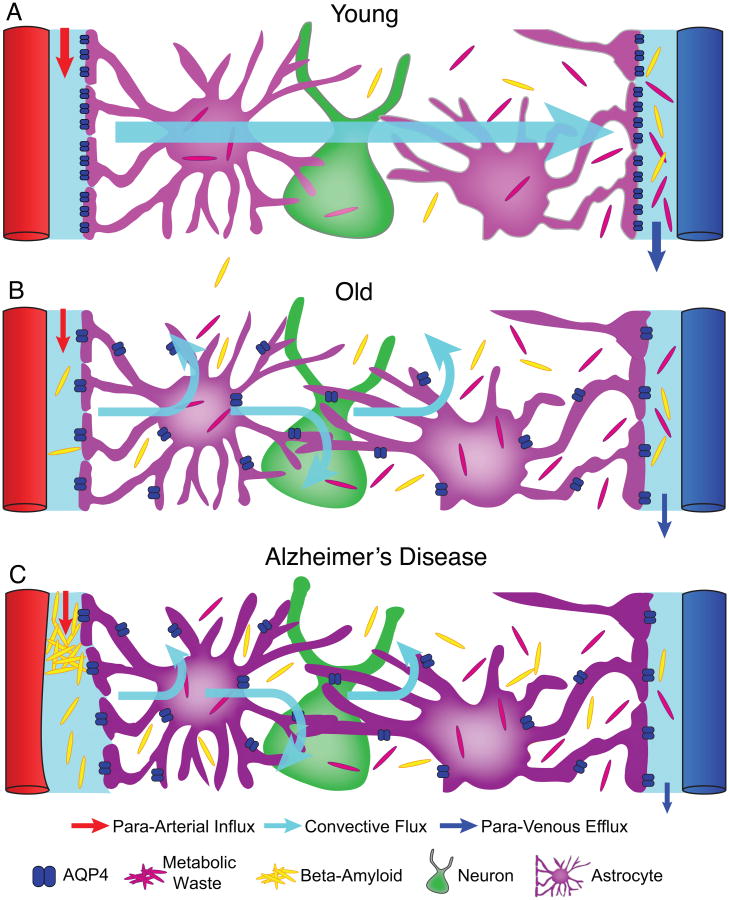Fig. 5. Model of glymphatic function in young, old and in Alzheimer's disease.
A) In young and healthy people, CSF enters the brain parenchyma via periarterial pathways, washes out solutes from the interstitial space and empties along the veins. B) With aging, glymphatic function is reduced, possibly due to astrocytes becoming reactive and AQP4 de-polarized from the vascular endfeet to parenchymal processes. C) In Alzheimer's disease perivascular space of penetrating arteries are subject to accumulation of β-amyloid peptides. We hypothesize that accumulation of β-amyloid might be caused by impairment of the glymphatic system and that the perivascular pathways are further blocked by protein aggregates such as β-amyloid. In this model, the resulting changes in the perivascular environment lead to abnormal enlargement of perivascular space downstream, which further decreases glymphatic clearance.

